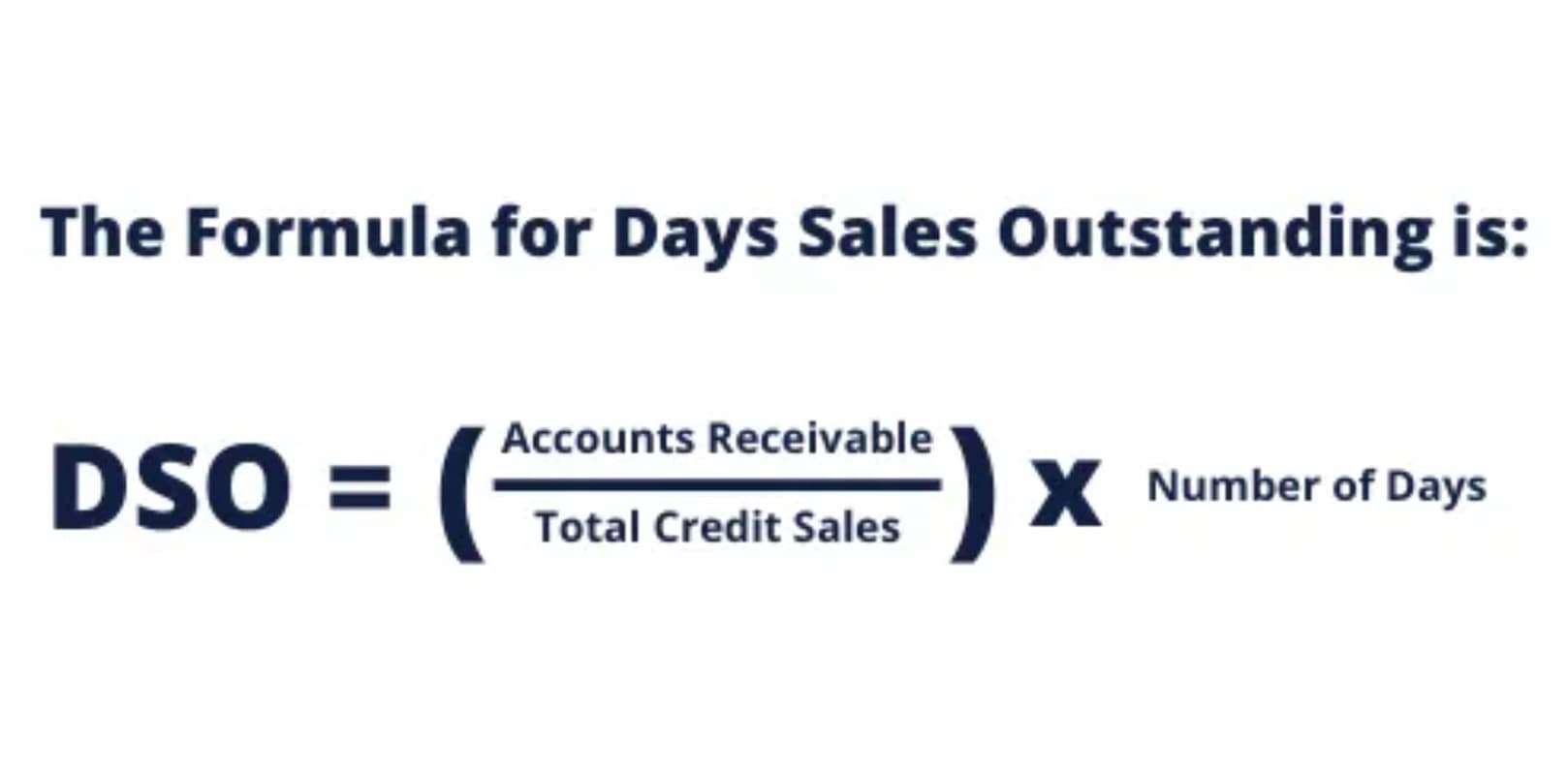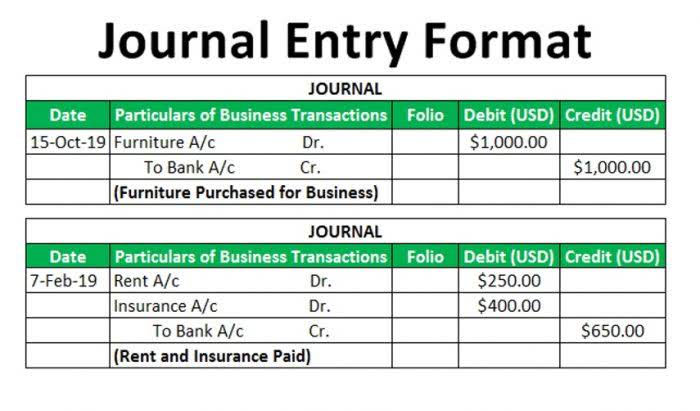Content

Intuit does not endorse or approve these products and services, or the opinions of these corporations or organizations or individuals. Intuit accepts no responsibility for the accuracy, legality, or content on these sites. Fixed assets are considered non-current assets, and long-term debt is a non-current liability.
Apart from the items in the income statement, balance sheet items, such as Additional Paid-up capital, may also affect retained earnings. Additional paid-up capital can indirectly increase the retained earnings in the long run. We call net income the bottom line as well because it is at the end of the income statement. If a company does not pay net income in the form of a dividend to the shareholders and instead retains it back, it is known as retained earnings. Positive net income creates profits that add to a company’s capital base. Of course, companies can make distributions out of their capital base, which effectively serve as deductions to the Retained Earnings account as well as the overall Shareholders’ Equity of the firm. Retained earnings are the cumulative profits that a company has kept to reinvest in its business.
How to Calculate Retained Earnings
Such growth makes you realize that you want to dump as much money as possible back into the company. Therefore, you decide to issue a 10% stock dividend — 100 shares — instead of a cash dividend.
- A cash dividend reduces the cash balance and thus, reduces the size of the balance sheet and the overall asset value.
- However, a startup business may retain all of the company earnings to fund growth.
- Companies also maintain a summary report, known as the statement of retained earnings.
- Ltd has to need to generate high net income to cover up the cumulative deficits.
- Additional paid-in capital is the amount of money shareholders invest greater than the common stock balance.
On the balance sheet, the relevant line item is recorded within the shareholders’ equity section. Earnings per share is the portion of a company’s profit allocated to each outstanding share of common stock, serving as a profitability indicator.
This month on entreleadership.com, we’re focusing on all things financial, from basic principles to budgeting to how to run a business debt-free (Yes, it is possible.). We asked our readers and attendees at EntreLeadership events for their top money queries and shared them with our EntreLeadership coaches. A statement of retained earnings can be extremely simple or very detailed. Next, subtract the dividends you need to pay your owners or shareholders for 2021. ScaleFactor is on a mission to remove the barriers to financial clarity that every business owner faces. Retained earnings are listed under equity because they are earnings owned by the company, rather than assets that may be in the company’s possession currently but not owned outright.
Gross vs Net Income: What Is the Difference?
Creating a basic cash flow projection can help you plan your financials. After all, knowing whether next month will see a financial feast or famine can help you make better decisions about spending, saving, and investing in your business. To learn more, check out our video-based financial modeling courses. Equity typically refers to shareholders’ equity, which represents the residual value to shareholders after debts and liabilities have been settled.
- She has worked in multiple cities covering breaking news, politics, education, and more.
- Are the paperwork and manual invoice reconciliation tasks dragging down your accounts payable department?
- A quick way to remember that retained earnings are found on the balance sheet is to think about the fundamental differences between the balance sheet and the income statement.
- If an LLC, or Limited Liability Company, seems like the ideal vehicle for your side business, you may be wondering if you can form an LLC while employed at another job.
- Retained earnings are created as stockholder claims against the corporation owing to the fact that it has achieved profits.
First, you have to figure out the fair market value of the shares you’re distributing. Companies will also usually issue a percentage of all their stock as a dividend (i.e. a 5% stock dividend means you’re giving away 5% of the company’s equity). Sometimes when a company wants to reward its shareholders with a dividend without giving away any cash, it issues what’s called a stock dividend. This is just a dividend payment made in shares of a company, rather than cash. If your company pays dividends, you subtract the amount of dividends your company pays out of your net income. Let’s say your company’s dividend policy is to pay 50 percent of its net income out to its investors.
Another Way to Calculate
A low RORE means the company should be paying out dividends to attract new investors because the reinvested money is not helping the company grow. We can apply the values to our variables and calculate the return on retained earnings.

Before you take on tasks like hiring more people or launching a product, you need a firm grasp on how much money you can actually commit. While the term may conjure up images of a bunch of suits gathering around a big table to talk about stock prices, it actually does apply to small business owners. This post is to be used for informational purposes only and does not constitute legal, business, or tax advice. Each person should consult his or her own attorney, business advisor, or tax advisor with respect to matters referenced in this post. Bench assumes no liability for actions taken in reliance upon the information contained herein. Next, another important consideration is the dividend policy of the company.
How to Calculate Business Interest Expense
Similarly, the iPhone maker, whose fiscal year ends in September, had $70.4 billion in retained earnings as of September 2018. For example, during the period from September 2016 through September 2020, Apple Inc.’s stock price rose from around $28 to around $112 per share. It can be invested to expand the existing business operations, like increasing the production capacity of the existing products or hiring more sales representatives. Retained earnings are reclassified as one or more types of paid-in capital under two general circumstances. It generally limits the use of the prior period adjustment to the correction of errors that occurred in earlier years.
Additional paid-in capital is the amount of money shareholders invest greater than the common stock balance. Shareholder’s equity section includes common stock, additional paid-in capital, and retained earnings. If a business sold all of its assets for cash, and used cash to pay all liabilities, any remaining cash would equal the equity balance. When one company buys another, the purchaser is buying the equity section of the balance sheet. The company posts a $10,000 increase in liabilities and a $10,000 increase in assets on the balance sheet.
Ask These Questions Now to Grow Your Business
Retained Earnings is a term used to describe the historical profits of a business that have not been paid out in dividends. It is a measure of all profits that a business has earned since its inception. Therefore, it can be viewed as the “left over” income held back from shareholders.

We’re firm believers in the Golden Rule, which is why editorial opinions are ours alone and have not been previously reviewed, approved, or endorsed by included advertisers. Editorial content from The Ascent is separate from The Motley Fool editorial content and is created by a different analyst team. Many or all of the products here are from our partners that pay us a commission. But our editorial integrity ensures our experts’ opinions aren’t influenced by compensation. If an LLC, or Limited Liability Company, seems like the ideal vehicle for your side business, you may be wondering if you can form an LLC while employed at another job.
Understand the relationship between a company’s investors and its retained earnings. A profitable company’s investors will expect a return on their investment paid in the form of dividends. However, investors also want the company to grow and become more profitable so that its share price will rise, earning the investors more money in the long run. For a company to effectively grow, it needs to invest its retained earnings back into itself. Usually, this means using retained earnings to improve efficiency and/or expand the business.
Thus, any item such as revenue, COGS, administrative expenses, etc that impact the Net Profit figure, certainly affects the retained earnings amount. There can be cases where a company may have a negative retained earnings balance. This is the case where the company has incurred more net losses than profits to date or has paid out more dividends than what it had in the retained earnings account. Retained earnings represent a useful link between the income statement and the balance sheet, as they are recorded under shareholders’ equity, which connects the two statements. This reinvestment into the company aims to achieve even more earnings in the future. A low return on retained earnings also means that the money being reinvested is not producing much additional growth. The money can be put to more use by attempting to attract new investors and keeping the current shareholders happy with their payments.
If the company suffered a loss last year, then its beginning period RE will start with a negative. If interest expense was overstated, this means that income was understated in 2018. In order to adjust the retained earnings balance, we must add to the beginning balance since the 2018 net income was understated. Suppose Jargriti Pvt Ltd wants to Retained Earnings Formula calculate the Retained earnings for this financial year end. Below is the available information from the Balance sheet and income statement of Jagriti Pvt. However, retained earnings is not a pool of money that’s sitting in an account. Owners’ equity or shareholders’ equity is what’s left after you subtract all the liabilities from the assets.
Drive Business Performance With Datarails
Understand what retained earnings are in a balance sheet and know its formula. Learn its uses and how to compute it through the given sample calculations.
For instance, if you prepare a yearly balance sheet, the current year’s opening balance of retained earnings would be the previous year’s closing balance of the retained earnings account. Thus, retained earnings are the profits of your business that remain after the dividend payments have been made to the shareholders since its inception. So, each time your business makes a net profit, the retained earnings of your business increase. Likewise, a net loss leads to a decrease in the retained earnings of your business. To calculate retained earnings add net income to or subtract any net losses from beginning retained earnings and subtracting any dividends paid to shareholders. Retained earnings are the cumulative net earnings or profits of a company after accounting for dividend payments. As an important concept in accounting, the word “retained” captures the fact that because those earnings were not paid out to shareholders as dividends, they were instead retained by the company.
In this example, $7,500 would be paid out as dividends and subtracted from the current total. The RE balance may not always be a positive number, as it may reflect that the current period’s net loss is greater than that of the RE beginning balance. Alternatively, a large distribution of dividends that exceed the retained earnings balance can cause it to go negative.
As stated earlier, dividends are paid out of retained earnings of the company. Both cash and stock dividends lead to a decrease in the retained earnings of the company.
- In companies that are mature, it is common for management to make regular shareholder distributions, either in the form of cash dividends or stock dividends.
- Generally, Retained earnings represents the company’s extra earnings available at management’s disposal.
- The truth is, retained earnings numbers vary from business to business—there’s no one-size-fits-all number you can aim for.
- This means the company is making more money with the reinvested profits than they are paying out in dividends.
- The account balance represents the company’s cumulative earnings since formation that have not been distributed to shareholders in the form of dividends.
The company has hired interns to help with the reporting process and you are mentoring Kayla, an intern in her 2nd undergraduate year. All of the amounts used by Kayla were obtained from the latest adjusted trial balance. When interpreting retained earnings, it’s important to view the result with the company’s overall situation in mind.
The retained earnings calculation starts with a company’s net income, which is found by subtracting expenses from revenue. That number is then divided by the number of shares outstanding to find the earnings per share. The next step is to multiply the earnings per share by the number of shares outstanding to find the total amount of retained earnings. This number can be used to measure a company’s financial health and performance over time.
The https://www.bookstime.com/ is also known as the retained earnings equation and the retained earnings calculation. Additionally, retained earnings must be viewed through the lens of the business’s stage of maturity. More mature businesses typically pay regular dividends whereas growing businesses should be using retained earnings to fuel growth. In cases where a business is in its growth stage management might decide to use retained earnings to make investments back into the business. These types of investments can be used to fuel new product R&D, increase production capacity, or invest in sales teams. This content is for information purposes only and should not be considered legal, accounting or tax advice, or a substitute for obtaining such advice specific to your business.
What type of asset is retained earnings?
Retained earnings are a type of equity and are therefore reported in the shareholders' equity section of the balance sheet. Although retained earnings are not themselves an asset, they can be used to purchase assets such as inventory, equipment, or other investments.
Your retained earnings can be useful in a variety of ways such as when estimating financial projections or creating a yearly budget for your business. However, the easiest way to create an accurate retained earnings statement is to use accounting software. Keep in mind that if your company experiences a net loss, you may also have a negative retained earnings balance, depending on the beginning balance used when creating the retained earnings statement. Retained earnings can be used for a variety of purposes and are derived from a company’s net income.
You may also distribute retained earnings to owners or shareholders of the company. Companies that pay out retained earnings in the form of dividends may be attractive to investors, but paying dividends can also limit your company’s growth. That’s why many high-growth startups don’t pay dividends—they reinvest them back into growing the business.